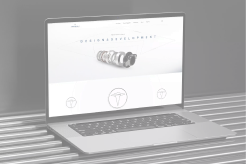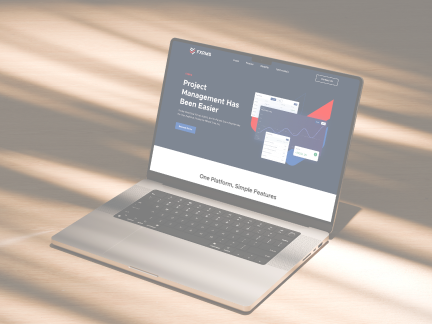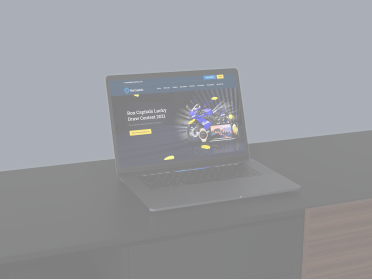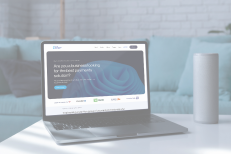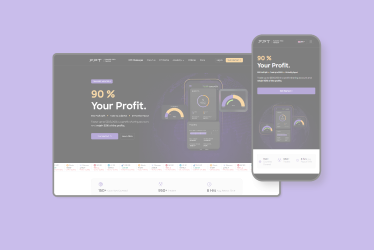The latest web design resources
Cost of Web Design
Find out how much it costs to build the website of your dream. From a simple blog to an enterprise-level platform, this guide covers pretty much any type of site.
Learn moreEcommerce Web Design
Have you been thinking of making money online? It’s time to take action – build your own eCommerce store today and start bringing that $$$!
Learn moreCustom Web Design
Your business is unique, so your website should also reflect it. Learn how you can build a bespoke website with our custom web design solutions.
Learn moreWebsite Redesign Services
Seeing an outdated web design is kind of like watching a soap opera – the more it drags on, the more frustrating it becomes. Let’s change that together.
Learn moreWhat is web design?
Web design is everything people see and feel when they land on your site, from the button users click to the piece of copy and imagery that inspire them to take action. The goal of web design is to make your website both visually appealing and easy to use, giving visitors an unforgettable experience that keeps them coming back for more.
Web design is a multifaceted discipline, but it can be broken down into three core pillars working together to create a successful website: visual design, user experience (UX) design, and interactive design.
Visual design deals with colours, fonts, and images – basically, the appearance of a site. UX design is how those elements are organised in a logical and visually pleasing way, so visitors can easily find the information they’re looking for. While interactive design helps you engage users further with animations, like a button that changes colour when they hover over it.


The basics of web design
Building a well-designed website is a complex matter, but it all boils down to several important factors: creating a responsive layout that looks and performs great on any device, choosing the right colour combination and fonts, and arranging a clear visual hierarchy and navigation system to guide visitors through the sales funnel.
Why is web design important?
Would you buy from a website that looks scammy? Probably not. First impressions matter, and a professional web design is key to establishing user trust. Once people see your brand as reliable and trustworthy, they will be more likely to perform the desired action, such as making a purchase.
Key tips for effective web design
If you want to create an engaging site, the most important web design rule is to avoid clutter. By removing unnecessary information and keeping everything simple, visitors can focus solely on your key messaging and core value proposition.
Another tip is to optimise your site for various screen sizes. Whether visitors are using a laptop or smartphone, a responsive design will automatically adjust its content for a seamless and pixel-perfect viewing experience.
The web design process
Every successful web design journey starts with knowing your ideal target audience. Why? Because it helps you identify user needs and determine how your website can serve them best. Conducting competitor research is also crucial, so you’ll know what works and what doesn’t.
With these insights, web designers can create wireframes and mockups to gather your input. Once approved, the raw design gets translated into a user-friendly and visually appealing website. But it doesn’t stop there – rigorous testing will be done to ensure everything works perfectly before your site is launched for the whole world to see.
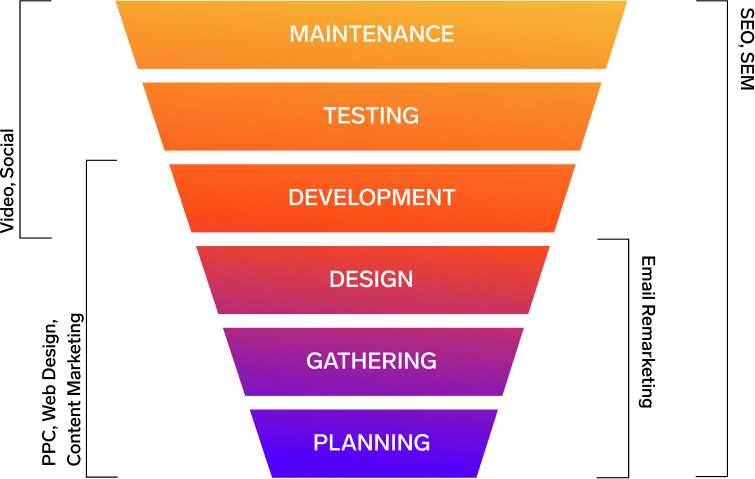
Tools and technologies in web design
Most web designers use HTML to create a web page structure, CSS to define the visual style of the page, and JavaScript (JS) to incorporate interactive elements. JS frameworks like Angular and React are also often used to speed up the process, as both come with pre-written code libraries and components.
If that sounds too complex for your liking, there are tools that make it easy for beginners to build a website from scratch. The most common options are a content management system (CMS) like WordPress and a drag-and-drop website builder like Shopify.
Trends and best practices
Decades ago, web design was all about optimising a website for desktop viewing. But with the rise of smartphones in the early 2010s, mobile-friendly design has become a major thing.
Since then, having a responsive website that looks and performs great on any device is a must to win over the market.
The latest web accessibility guidelines also suggest websites to be more inclusive. That includes using sentence cases in titles to increase readability for people with visual impairments.
Working with a web design agency
While powerful, web design is a field that requires a specific skill set. If you don’t possess the artistic taste for design or technical knowledge in web development, it’s best to work with a professional web design agency like Onexcell.
With over a decade of experience in the industry, we know exactly how to build a fast-loading and great-looking site that attracts, engages, and converts visitors.
Let’s make your ideas happen
With a team of passionate and talented web designers and developers, we’re ready to bring your vision to life.
Contact us